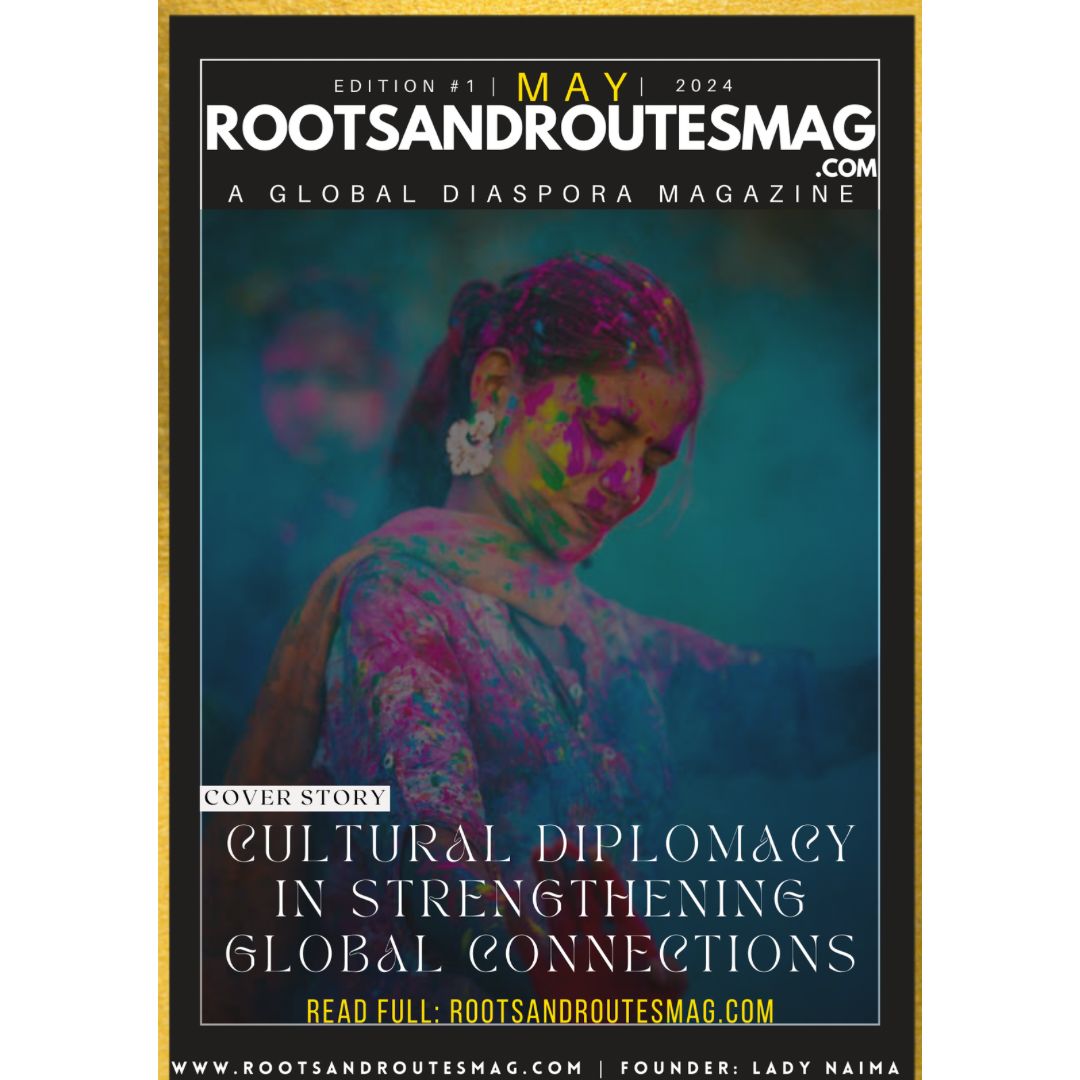Cultural Diplomacy in Strengthening Global Connections

In an increasingly interconnected world, the importance of cultural diplomacy as a tool for fostering global understanding and cooperation cannot be overstated. Cultural diplomacy involves the exchange of ideas, values, traditions, and other aspects of culture among nations and peoples to build mutual understanding and respect. This form of diplomacy transcends political and economic barriers, creating a platform for dialogue and collaboration that strengthens global connections.
The Essence of Cultural Diplomacy
Cultural diplomacy is rooted in the belief that culture can be a powerful agent for peace and understanding. Unlike traditional diplomacy, which often focuses on political negotiations and economic agreements, cultural diplomacy emphasizes the sharing and appreciation of cultural expressions. This can include art, music, literature, film, education, and even culinary traditions.
At its core, cultural diplomacy seeks to bridge cultural divides and promote a sense of global community. By highlighting commonalities and respecting differences, it fosters an environment where nations and their citizens can work together towards common goals, such as peace, sustainability, and human rights.
Historical Context and Evolution
The concept of cultural diplomacy is not new. Historically, civilizations have engaged in cultural exchange to enhance mutual understanding and build alliances. Ancient trade routes like the Silk Road facilitated not only the exchange of goods but also ideas, art, and knowledge between diverse cultures.
In the modern era, cultural diplomacy gained prominence during the Cold War, as both the United States and the Soviet Union used cultural exchange programs to promote their ideologies and way of life. Jazz tours, ballet performances, and educational exchanges became tools to win hearts and minds across the globe.
Today, cultural diplomacy has evolved to address the complexities of a globalized world. It is employed by governments, international organizations, non-profits, and even private entities to address global challenges and build lasting connections.
The Mechanisms of Cultural Diplomacy
Cultural diplomacy operates through a variety of channels and initiatives, each contributing to the overarching goal of fostering global connections. Key mechanisms include:
- Cultural Exchanges: Programs that facilitate the exchange of students, artists, scholars, and professionals between countries. These exchanges allow individuals to experience different cultures firsthand, fostering empathy and understanding.
- Cultural Festivals and Events: International festivals, exhibitions, and performances that showcase the cultural heritage of different nations. These events provide a platform for cultural expression and intercultural dialogue.
- Language and Educational Programs: Initiatives that promote language learning and educational exchange. By learning another language and studying abroad, individuals gain a deeper appreciation of other cultures.
- Art and Media: The global dissemination of films, music, literature, and visual arts. These mediums can convey cultural narratives and values, reaching a wide audience and sparking intercultural conversations.
- Culinary Diplomacy: The sharing of culinary traditions through food festivals, cooking classes, and culinary exchanges. Food, as a universal language, can break down barriers and create shared experiences.
The Impact of Cultural Diplomacy
Cultural diplomacy has a profound impact on international relations and global cooperation. Some of its key benefits include:
- Promoting Peace and Stability: By fostering mutual understanding and respect, cultural diplomacy can reduce tensions and prevent conflicts. It encourages dialogue and collaboration, paving the way for peaceful resolutions to global issues.
- Enhancing Soft Power: Countries that actively engage in cultural diplomacy enhance their soft power, or the ability to influence others through attraction and persuasion rather than coercion. This can improve a nation’s global image and strengthen its influence on the world stage.
- Economic Benefits: Cultural exchange can stimulate tourism, create business opportunities, and enhance economic cooperation. Cultural festivals, for example, attract visitors and promote local economies.
- Strengthening International Cooperation: Cultural diplomacy builds networks of individuals and organizations committed to addressing global challenges. It fosters partnerships and collaborations that can lead to innovative solutions and shared progress.
- Humanizing International Relations: By highlighting the human aspect of international relations, cultural diplomacy moves beyond abstract policies and fosters personal connections. This humanization can lead to more empathetic and effective diplomacy.
Challenges and Future Directions
Despite its many benefits, cultural diplomacy faces several challenges. Political tensions, economic disparities, and cultural misunderstandings can hinder its effectiveness. Moreover, the rise of digital media and the spread of misinformation present new obstacles to fostering genuine intercultural dialogue.
To address these challenges, cultural diplomacy must evolve and adapt. This includes leveraging technology to facilitate virtual exchanges, combating misinformation with accurate and diverse cultural narratives, and ensuring that cultural diplomacy initiatives are inclusive and accessible to all.
Conclusion
Cultural diplomacy plays a crucial role in strengthening global connections in an increasingly interconnected world. By promoting mutual understanding and respect, it bridges cultural divides and fosters a sense of global community. As we navigate the complexities of the 21st century, the principles of cultural diplomacy—empathy, respect, and cooperation—remain essential for building a peaceful and prosperous world.

Tariq Riaz is a passionate web developer and content generation expert.








